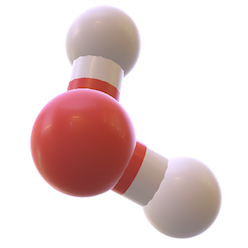Reaction: NAPQI binds proteins in hepatocytes
- in pathway: Paracetamol ADME
After a toxic dose of paracetamol (APAP), the normal sulfation and glucuronidation pathways get saturated and higher proportions of the drug get oxidized to N-acetyl-p-benzoquinine imine (NAPQI). Higher levels of NAPQI eventually deplete the protective glutathione stores and start to form protein adducts by binding to cysteine groups on cellular proteins (James et al. 2009). NAPQI primarily targets mitochondrial proteins and ion channels leading to the loss of energy production, ion misbalance and cell death, eventually leading to hepatotoxicity (reviews - James et al. 2003, Hodgman & Garrard 2012)
Reaction - small molecule participants:
NAPQI [cytosol]
Reactome.org reaction link: R-HSA-9753916
======
Reaction input - small molecules:
N-Acetyl-p-benzoquinonimine
Reaction output - small molecules:
Reactome.org link: R-HSA-9753916

